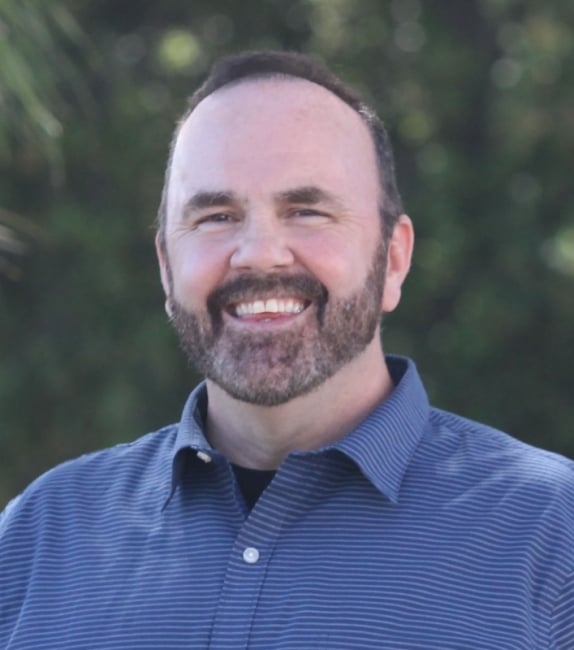Cars come and go, and most of the time, they rarely return back. Muscle and pony cars fare the worst as they usually are run hard, used up, or worse. Classic Chevrolets today were often workaday vehicles with decidedly unglamorous lives back in the olden times of post-war America. It’s hard to imagine that anyone would sell a big block Chevelle, especially a special COPO order car, but that’s exactly what happened to this LeMans Blue 1969 Chevelle you see before you.
Originally purchased for Leon Noble as a high school graduation present by his parents. He used the car as a daily driver, raced it at the dragstrip, and terrorized the streets of Camden, Kentucky on the weekends.
By 1985, Leon sold the car to Ray Hurst, also from Camden, Kentucky. At the time, neither man knew that this was a COPO (Central Office Production Order) that came with the hot, 425 horsepower, 427 cubic-inch mill in place of a tamer 396 V8. The car was equipped from the factory with a heavy-duty three-speed Turbo Hydramatic transmission, and 12-bolt positraction rear end with 4:10 gears.
Prior to 1970, stuffing anything bigger than a 396 big block in a Chevy A-body involved a post-sale engine transplant. Or, if you were in the know, you could get a Central Office Production Order as a way of gaming the system and getting around GM’s self-imposed cubic-inch displacement limitation on intermediate cars.
Clever use of COPO manifests, which were typically used to build taxis or fleet trucks, could create a unicorn big-bore engine order. COPO number 9562 delivered a 427 cubic-inch Chevelle rated at 425 horsepower to your hometown direct from the factory — no engine hoist or skinned knuckles required. But in 1969, not many people were aware of that trick.
Vince Piggins, Chevrolet Engineering Promo Chief, helped get the COPO Chevelle in production to compete in NHRA SS/D drag racing. Don Yenko ordered 99 cars, and as other dealers got wind of it, they placed orders, too, pushing the total to approximately 358 cars. After much legwork and a ton of research, Hurst was able to ascertain that his car was one of the holy grail editions of the 1969 Chevelle.
Meanwhile, back in Kentucky, Ray Hurst had a family to support, so he sold his COPO Chevelle. From there, it changed hands several times. In 1992, the car received a meticulous, nut and bolt restoration, returning the car back to its former glory. By 1993, the Chevelle landed in a private collection where it would be live for over 20 years.
In 2014, Van Hurst, Ray’s son learned that the car was being offered for sale. With help from his Dad, the two men were able to buy the car and bring it back to Kentucky. The car meandered 2,200 miles away through several owners and was now headed back just two miles from Brewer Chevrolet where it was purchased in 1969.
Roger Gibson Restoration restored the car and it still looks good today. The LeMans Blue exterior sparkles and the car is safe and sound with the Hurst family. Home, sweet home, indeed.





















